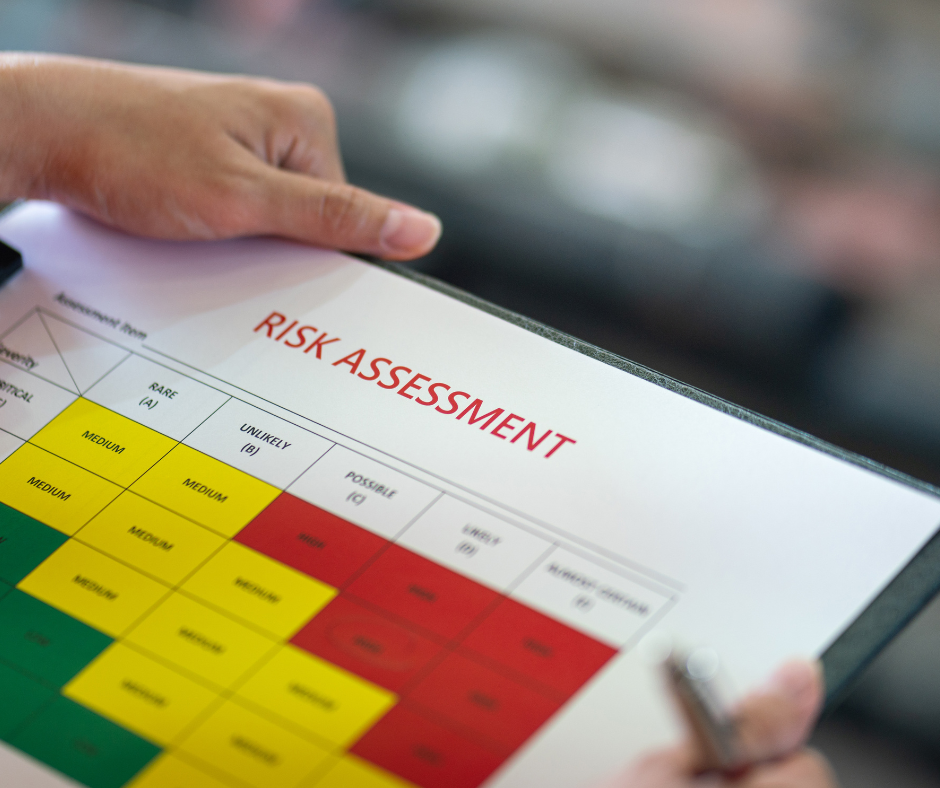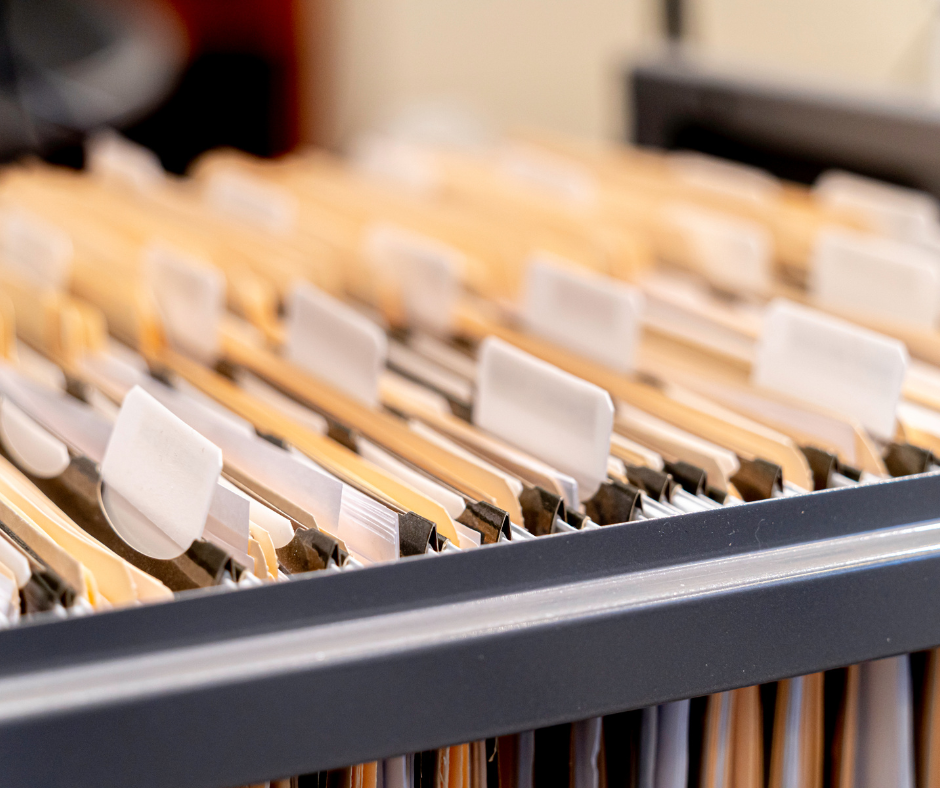Employers, landlords, or those managing premises are responsible for health and safety and must take appropriate measures to minimise the risk of legionella exposure.
Keep reading to learn more about how to manage the risk in your workplace.
1. Carry out a legionella risk assessment
 The person responsible for managing risks must understand your water system, including its components like pumps, heat exchangers, and showers.
The person responsible for managing risks must understand your water system, including its components like pumps, heat exchangers, and showers.
Your risk assessment should cover:
- Management responsibilities, including the competent person’s name and system details
- Training and competencies of key staff
- Potential risk sources
- Preventive measures and controls in place
- Monitoring, inspection, and maintenance procedures
- Records of monitoring results and checks
- Regular review arrangements, especially if the assessment may no longer be valid.
If no significant risks are found or existing controls meet legal requirements, the assessment is complete.
2. Manage the risks identified
A competent person, who will take responsibility for controlling any identified risk from exposure to legionella bacteria, should be appointed. They can be someone from your business or an external party, and there can be more than one of them.
3. Manage contractors
 If you employ contractors to carry out water treatment work, your competent person must still ensure the treatment is carried out to the required standards.
If you employ contractors to carry out water treatment work, your competent person must still ensure the treatment is carried out to the required standards.
There are external schemes, such as A Code of Conduct for service providers, that can help you choose a contractor that can work to the required standards.
4. Clean your water system
Keeping your water system clean is important – the methods and frequency of cleaning will depend on your system type, and whether the clean is part of routine maintenance or in response to an issue detected during monitoring.
Your risk assessment should outline the cleaning and disinfection schedule, considering factors such as:
- Whether the system is open or closed
- The type and extent of contamination
- Potential exposure risks to people
5. Monitor and record findings
 If you have five or more employees, you must document significant findings, including at-risk individuals and risk control measures.
If you have five or more employees, you must document significant findings, including at-risk individuals and risk control measures.
For fewer than five employees, written records are optional but recommended as they are still useful.
Records should include:
- Responsible persons for risk assessment and management
- Key findings and control measures
- System status (in use/not in use)
- Monitoring results with dates
Records should be retained during the period for which they remain current, and then for at least a further 2 years after.
Records of the results of any monitoring inspection should be retained for at least 5 years.
6. Check and review regularly
Risk assessments should be regularly reviewed and used to check against what you do – this helps you to assess your performance before an accident, incident or case of ill health can happen.
This includes checking that your specific plans and objectives have been successful, how your health and safety management system operates, and if you are compliant with performance standards.
7. Report Legionellosis cases
Under the Reporting of Injuries, Diseases and Dangerous Occurrences Regulations (RIDDOR), you are legally obligated to report any cases of legionellosis discovered in an employee that has has worked on cooling towers or hot and cold water systems that are likely to be contaminated with legionella.
8. Notify your local authority
 Under the Notification of Cooling Towers and Evaporative Condensers Regulations(NCTEC), if you have a cooling tower or evaporative condenser on site you must notify your local authority in writing.
Under the Notification of Cooling Towers and Evaporative Condensers Regulations(NCTEC), if you have a cooling tower or evaporative condenser on site you must notify your local authority in writing.
You will need to include details about where it is located and whether or not the devices are still in use.
9. Look out for symptoms of Legionnaires’ disease
Make sure you know what common symptoms of Legionnaires’ disease are so you can keep an eye on your employees. These include:
- high temperature, feverishness and chills
- cough
- muscle pains
- headache
More serious symptoms may also develop, such as:
- pneumonia
- diarrhoea
- signs of mental confusion

Control of Hazardous Substances and Legionella are essential tools staying safe around substances hazardous to health. Make sure you don’t miss out on our 10% off deal on these essential courses, available until the end of February. Simply enter the code ‘coshh10’ at checkout to save!
Read more Top Tips blogs here.
To keep up to date with the latest health & safety news and advice, follow us on social media:
